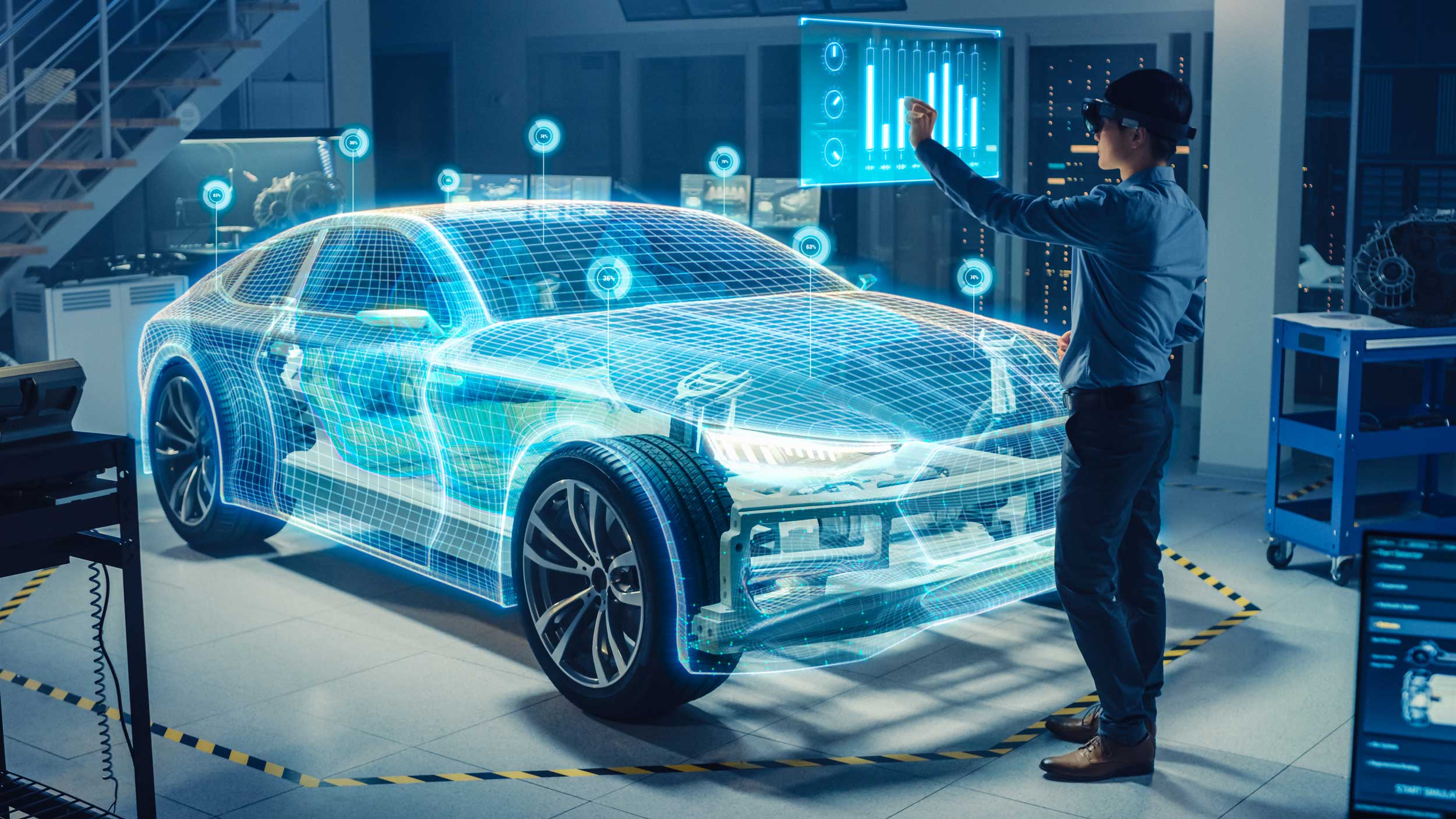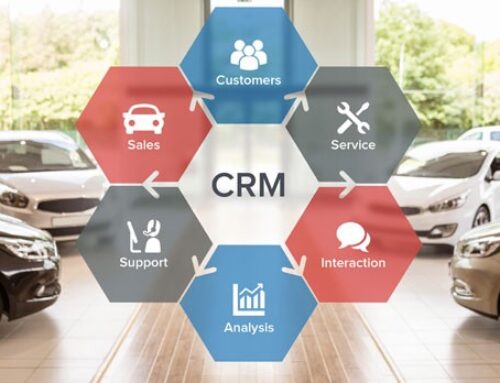In today’s rapidly evolving technological landscape, the automotive industry stands at the forefront of innovation. From electric vehicles to autonomous driving systems, the future of automobiles is being shaped by advancements in software technology. In this blog post, we’ll delve into the key trends and innovations driving the future of automotive software.
1. Electric Vehicles (EVs) and Software Integration
One of the most significant trends in the automotive industry is the rise of electric vehicles (EVs). As traditional combustion engines make way for electric powertrains, software plays a crucial role in optimizing performance, managing battery systems, and enhancing the overall driving experience.
Software integration in EVs encompasses a wide range of functionalities, including:
- Battery Management Systems (BMS): Sophisticated software algorithms monitor battery health, manage charging cycles, and optimize energy efficiency.
- Regenerative Braking: Software-controlled regenerative braking systems capture and store kinetic energy during deceleration, extending the vehicle’s range.
- Over-the-Air (OTA) Updates: EV manufacturers leverage OTA software updates to deliver new features, performance enhancements, and security patches remotely.
As EV adoption continues to grow, we can expect further advancements in software-driven technologies to optimize electric propulsion systems and enhance the sustainability of transportation.
2. Autonomous Driving and Artificial Intelligence (AI)
Autonomous driving represents the pinnacle of automotive innovation, promising safer roads, improved traffic efficiency, and enhanced mobility for all. At the heart of autonomous vehicles lies artificial intelligence (AI) and advanced software algorithms that enable real-time decision-making and environmental perception.
Key components of autonomous driving software include:
- Sensor Fusion: Software combines data from various sensors, such as cameras, LiDAR, and radar, to create a comprehensive understanding of the vehicle’s surroundings.
- Machine Learning: AI-driven algorithms learn from vast amounts of data to improve driving behavior, predict road conditions, and adapt to diverse environments.
- Advanced Driver Assistance Systems (ADAS): Software-enabled features like adaptive cruise control, lane-keeping assist, and automatic emergency braking lay the foundation for fully autonomous driving capabilities.
While fully autonomous vehicles are still undergoing testing and regulatory approval, incremental advancements in software-driven autonomy continue to pave the way for a future where cars can navigate complex scenarios with minimal human intervention.
3. Connected Car Technologies
The convergence of automotive and information technology has given rise to connected car technologies, transforming vehicles into interconnected smart devices. Central to this paradigm shift is the integration of software platforms that enable seamless connectivity, data sharing, and enhanced user experiences.
Key aspects of connected car software include:
- Telematics: Software systems collect and transmit vehicle data, including diagnostics, location tracking, and driver behavior analysis, to enable remote monitoring and fleet management.
- Infotainment Systems: Advanced software platforms power infotainment systems with features like voice recognition, navigation, streaming services, and smartphone integration, creating a personalized in-car entertainment experience.
- V2X Communication: Vehicle-to-Everything (V2X) communication relies on software protocols to enable real-time data exchange between vehicles, infrastructure, pedestrians, and other road users, enhancing safety and traffic management.
As automotive software ecosystems continue to evolve, the era of connected cars promises unprecedented levels of convenience, efficiency, and safety on the road.
4. Cybersecurity and Data Privacy
With the increasing complexity of automotive software systems comes the need for robust cybersecurity measures to protect against cyber threats and safeguard sensitive data. As vehicles become more connected and reliant on software-driven functionalities, ensuring the integrity and security of automotive software platforms is paramount.
Key cybersecurity considerations in automotive software development include:
- Secure Software Development Lifecycle (SDLC): Implementing security best practices throughout the software development process, from design to deployment, to mitigate vulnerabilities and minimize the risk of exploitation.
- Intrusion Detection Systems (IDS): Software-based IDS solutions monitor network traffic and system behavior to detect and respond to suspicious activities, such as unauthorized access attempts or malware infections.
- Encryption and Authentication: Utilizing encryption protocols and strong authentication mechanisms to secure data transmission, protect user privacy, and prevent unauthorized access to critical vehicle systems.
By prioritizing cybersecurity and data privacy, automotive manufacturers and software developers can instill trust and confidence in the reliability and security of next-generation vehicles.
Conclusion
The future of automotive software is characterized by continuous innovation, driven by the convergence of advanced technologies such as electric propulsion, autonomous driving, connectivity, and cybersecurity. As software becomes increasingly integral to the design, performance, and functionality of vehicles, the automotive industry is poised for a transformative evolution that will redefine the way we perceive and interact with transportation. By embracing these trends and innovations, stakeholders across the automotive ecosystem can collectively shape a future where cars are not only vehicles but also intelligent, connected, and sustainable mobility solutions.









Leave A Comment